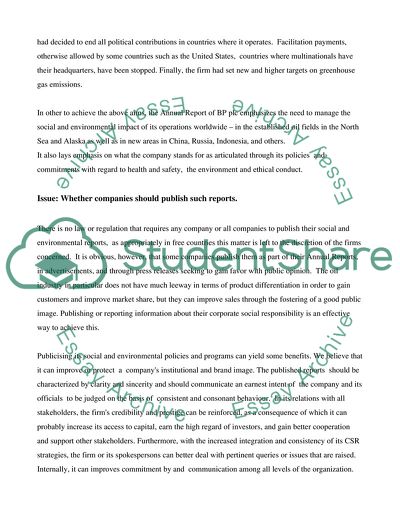Cite this document
(Bp Plc and Corporate Social Responsibility Case Study, n.d.)
Bp Plc and Corporate Social Responsibility Case Study. Retrieved from https://studentshare.org/macro-microeconomics/1736321-corporate-reporting-for-users
Bp Plc and Corporate Social Responsibility Case Study. Retrieved from https://studentshare.org/macro-microeconomics/1736321-corporate-reporting-for-users
(Bp Plc and Corporate Social Responsibility Case Study)
Bp Plc and Corporate Social Responsibility Case Study. https://studentshare.org/macro-microeconomics/1736321-corporate-reporting-for-users.
Bp Plc and Corporate Social Responsibility Case Study. https://studentshare.org/macro-microeconomics/1736321-corporate-reporting-for-users.
“Bp Plc and Corporate Social Responsibility Case Study”, n.d. https://studentshare.org/macro-microeconomics/1736321-corporate-reporting-for-users.


